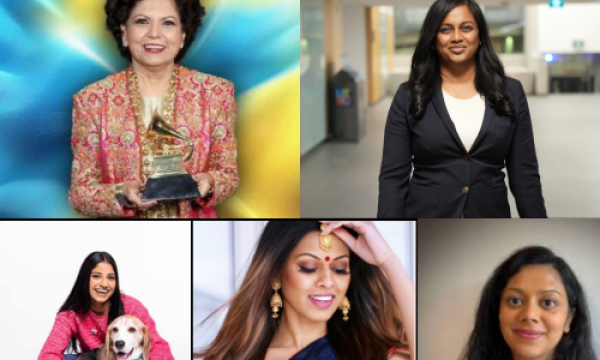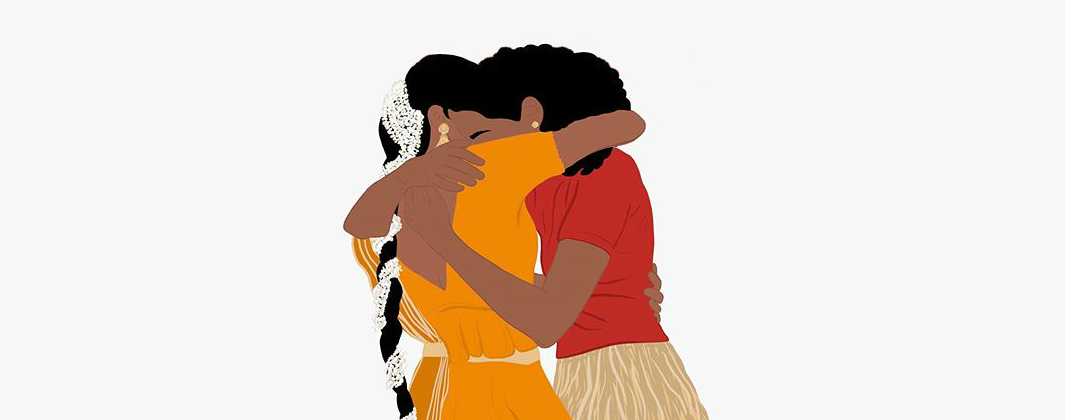
Feaatured image created by: laxshmyart (instagram)
Few instances of historical negationism are as conspicuous as the memorialization of Mahatma Gandhi. While the de facto leader of the Indian independence movement is revered today as a saintly figure, incapable of moral transgressions, it is Gandhi’s virulent racism and colonial apologism that has come to define him in the eyes of certain Black activists. While Gandhi resisted the colonial subjugation of the Indian population, he wrote to the Natal parliament in 1893 saying that a "general belief seems to prevail in the Colony that the Indians are a little better, if at all, than savages or the Natives of Africa." Similarly, in 1904, he advocated for a slum inhabited by Indians to be purged of its African population, referring to the Black inhabitants by a derogatory racial slur.
Gandhian enthusiasts assert that while the figure initially held ardently racist views, his legacy should not be reduced to the anti-Black sentiment he espoused early in his career. Conversely, Black activists contend that Mahatma Gandhi secured Indian independence by appeasing the white elite, through his subscription to the ideology of the Aryan brotherhood. Gandhi defended apartheid in South Africa through written works advocating for white people to retain their status as "the predominating race" in the country, and presented Black people as "troublesome, very dirty and live like animals."As such, efforts have been undertaken by Black youth to remove Gandhi statues from common spaces. The #GandhiMustFall campaign deterred the erection of a Gandhi statue in Malawi, and inspired a similar campaign to transpire at the University of Ghana in Accra. While Black academics and activists opposed the construction of a Gandhi statue in London, citing Gandhi's complicity in the disenfranchisement of Black people, Manchester University’s Indian society endorsed the statue.
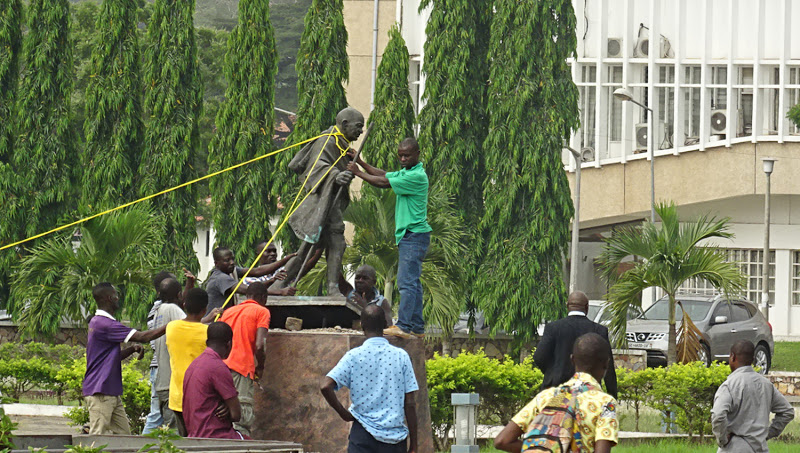
The controversy conveys that despite the South Asian community’s well-documented history of opposing white supremacy and trailblazing decolonization efforts, anti-Blackness is as pervasive and entrenched in South Asian spaces as is casteism, colourism, and misogyny. Necessary dialogue concerning the prejudice and ostracization the diaspora at-large has been subject to persists. However, the ways in which we have knowingly or inadvertently inflicted harm upon Black people is a matter that has yet to be contended with.
Allyship requires a commitment to antiracism beyond removing derogatory slurs from our vernacular and engaging in performative social media campaigns. It is imperative to recognize subconscious biases, question orthodoxy, and be cognizant of the interconnected nature of state violence against Black bodies and anti-blackness internalized by the South Asian community. While anti-Black racism pervasive within the South Asian diaspora may be predicated upon intergenerational trauma inflicted by colonialism, it is not an excuse to perpetually remain complicit in the systematic brutalization of Black civilians.
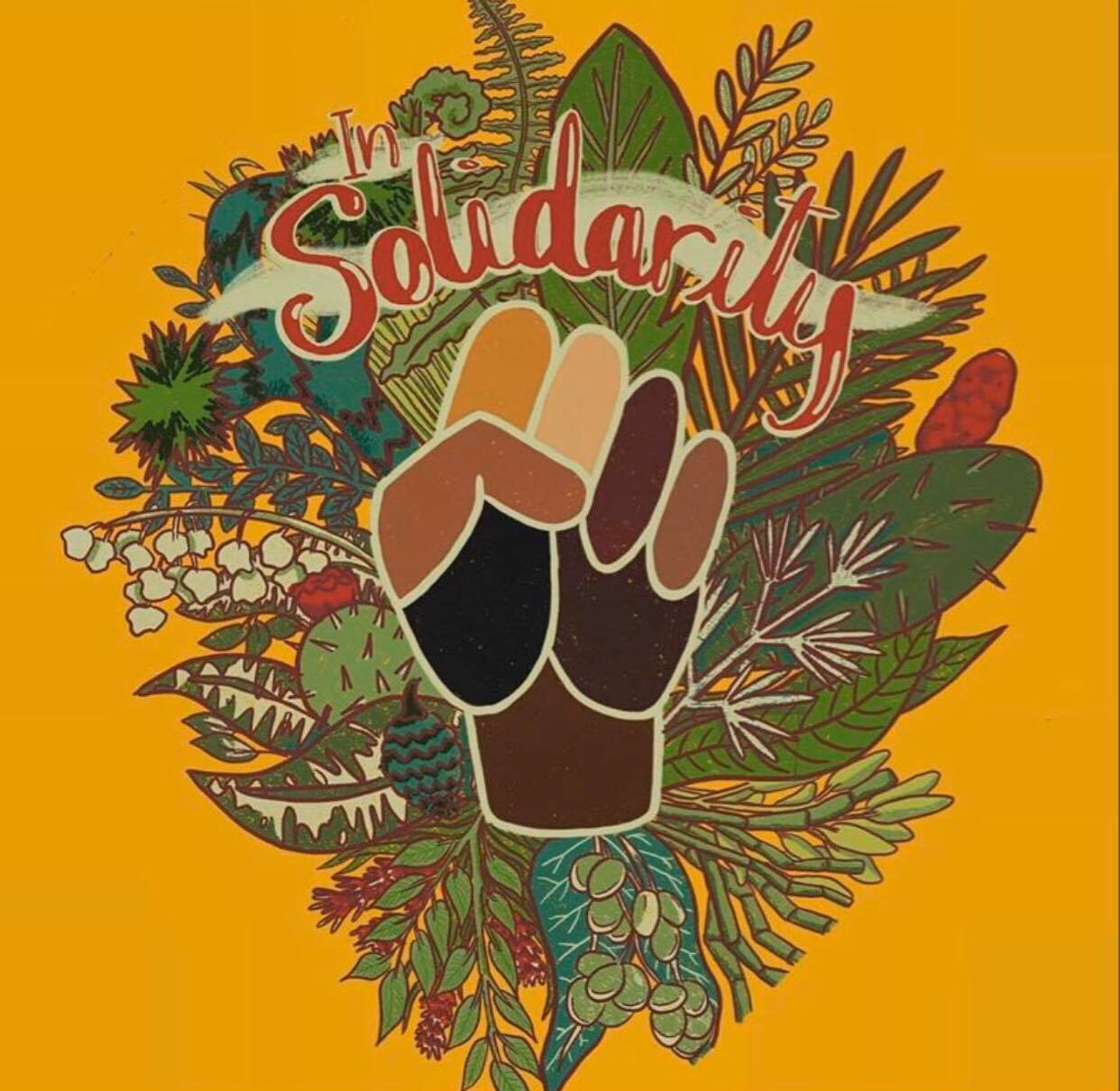
Image by: jitterbug_art (instagram) www.jitterbugart.com
For one, the model minority myth, which implies the racist narrative that certain ethnic groups have a greater propensity for financial success and social cohesion than others, must be dismantled. A fundamental component of confronting the model minority myth is engaging with the works of Black scholars and movement leaders, that delve into the historic adversities Black people have undergone and contemporary impediments that Black communities are uniquely subject to.
Solidarity encompasses holding members of our social circle accountable, whether it be friends and family with anti-Black views or Kollywood idols who perpetuate colourism through endorsements of fairness creams and participation in anti-Black content. Considering the extent to which anti-Blackness pervades South Asian cinema and art forms, whether the community can unequivocally halt consumption of media containing anti-Black content is uncertain. However, an obstacle to reform is the deification of Tamil actors, who -despite superfluous wealth and privilege- consistently perform anti-Black content.
It is not accidental that heroines featured in songs which serve as a celebratory ode to dark-skinned Tamils (Karupputhan Enakku Pidicha Colouru, Karuppu Nerathazhagi, etc.) are considered light-skinned by conventional standards. Humour in Tamil films has become so devoid of creativity that rarely does one watch a Tamil film in which the protagonist refrains from mocking the weight or skin tone of a character, whose sole purpose in the film is to be degraded and dehumanized for the audience's entertainment. In the Tamil film Sivaji for example, Rajinikanth passionately delivers a monologue in defense of those with darker skin complexions. Yet, in the same film, a comedy sketch involves a father auctioning off his dark-skinned twin daughters to the hero. The women are contrasted with Shreya, the fair skinned damsel who Rajinikanth alternatively pursues.
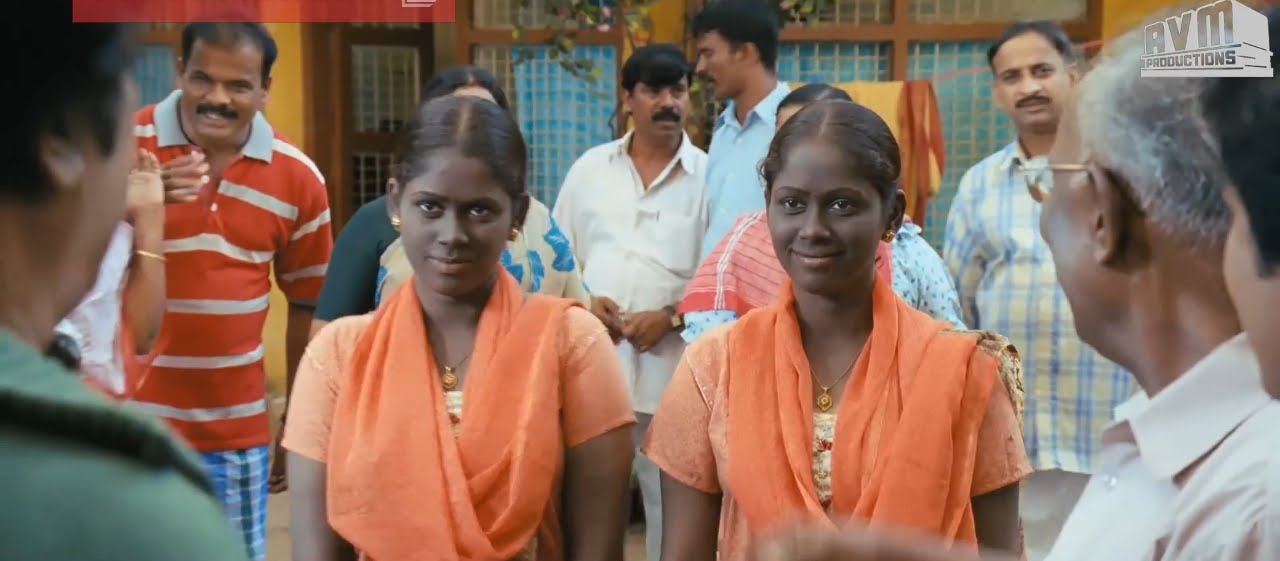
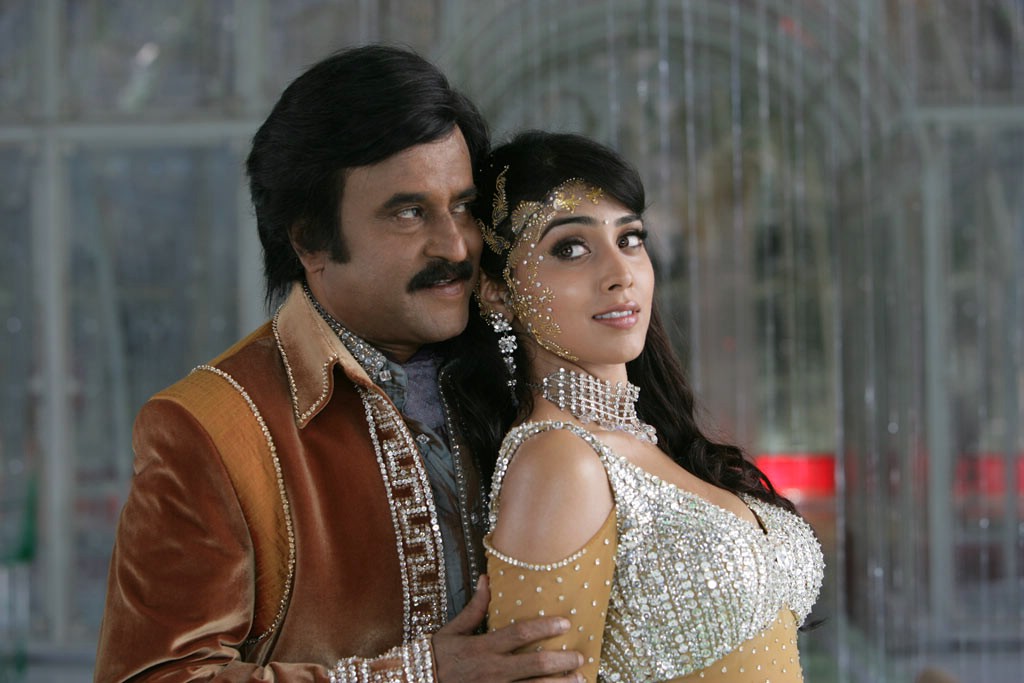
Financially divesting from anti-Black content and reallocating resources towards Black-owned local businesses, Black artists, advocacy efforts spearheaded by Black activists, political candidates committed to the emancipation of Black peoples, and charitable organizations supporting racial equity, constitutes a form of reconciliation.
Furthermore, allyship takes the form of recognizing the innately anti-Black nature of caste discrimination. An extensive study conducted by the US National Library of Medicine (Bamshad, Michael et al. “Genetic Evidence on the Origins of Indian Caste Populations.” Genome Research 11.6 (2001): 994–1004. PMC. Web. 29 Dec. 2017.) uses genetic evidence to research the origins of the caste system among various Indian caste populations. The research determines that comparatively, upper castes possess greater genetic commonalities with Europeans. The findings indicate a way in which past European colonization continues to systematically marginalize and disunite POC today, and serves as a testament to the colonial mindset that prevails among the Tamil community. Likewise, the study establishes the ties between skin complexion and the caste system, supporting the view that caste discrimination is inherently anti-Black.
Confronting anti-Black racism within the South Asian diaspora and reconciling with the Black community is only possible through an intergenerational commitment to unlearning the anti-Black racism that we have internalized and hearing from Black sources of the historic events, present-day policies, and attitudes which perpetuate inequity. As such, employing a call-in and culturally compatible method of addressing oppressive behaviour with elders, is a fundamental element of solidarity.
Additionally, it is incumbent upon us to interrogate and contextualize mainstream media narratives concerning advocacy efforts organized by Black activists on behalf of their communities. Ironically, many Tamil-Canadians feigning outrage at the tactics of BLM activists and those resisting state violence of Black communities, were either organizers, participants, or proponents of one of the most polarizing protests in modern Canadian history.
/https://www.thestar.com/content/dam/thestar/news/gta/2009/05/12/mayor_warns_defiant_tamils/tamils_block_thegardiner.jpeg)
Gardiner Expressway Blockade (2009)
The Gardiner Expressway blockade occurred when 2,000 demonstrators descended Toronto streets, with a principal demand that the international community address the war crimes unfolding in Sri Lanka. The mainstream media and political factions stoked racial hatred, by characterizing the protestors as terrorists and lamenting the interruption to traffic more so than the ethnic cleansing of Tamils. For the affluent class, the dreadful carnage of Eelam Tamils under a fascist Sri Lankan regime, was a travesty on par with the inconvenience of road closures.
Martin Luther King Jr. is often invoked in conversations regarding the acceptable nature of protests. While he is a legendary activist who fought for racial and economic justice through radical means, his legacy has been whitewashed to conform to the narratives of bad actors. Assistant Professor at Syracuse University, Jenn M. Jackson notes: “[t]he sanitized version of King’s life and work — the colorblind “I have a dream” narrative — often fails to acknowledge how King’s increasing profile as a radical, anti-racist organizer drew antagonism from the FBI and its director at the time, J. Edgar Hoover, which began as early as 1964, four years before he was assassinated.” It is by design that a deradicalized and equality-centric image has been projected onto King’s legacy, despite the increased politicization and intersectionality of his activism as his career progressed. In 1963, while confined in the Birmingham City Jail, Dr. King wrote:
First, I must confess that over the last few years I have been gravely disappointed with the white moderate. I have almost reached the regrettable conclusion that the Negro's great stumbling block in the stride toward freedom is not the White Citizen's Council-er or the Ku Klux Klanner, but the white moderate who is more devoted to "order" than to justice; who prefers a negative peace which is the absence of tension to a positive peace which is the presence of justice; who constantly says "I agree with you in the goal you seek, but I can't agree with your methods of direct action;" who paternalistically feels he can set the timetable for another man's freedom; who lives by the myth of time and who constantly advises the Negro to wait until a "more convenient season.
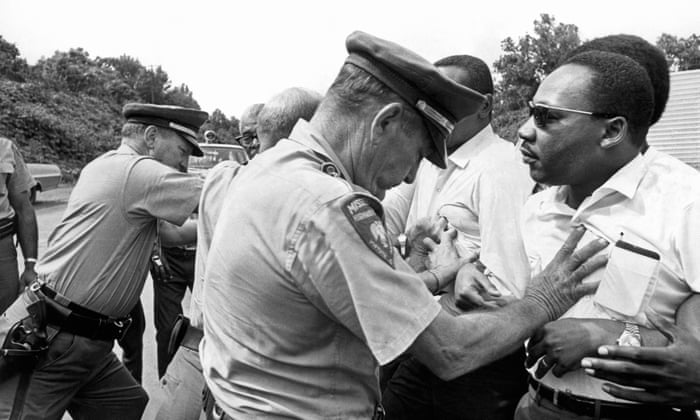
Eelam Tamils are not unfamiliar to King’s conceptualization of a white moderate. During the 2009 Gardiner Shutdown, the mainstream media dedicated an inordinate amount of coverage to broadcasting the views of those emblematic of the mentality. Articles documenting the rally cite white folks aggravated - not by the genocide of innocent civilians - but by the protest itself. A 2009 article by the Canadian Broadcasting Corporation, reflects widespread dissatisfaction with the demonstrations. Featured in the piece are Erin Edwards, Chief Blair, and then-Premier Dalton McGuinty: the perfect archetypes of the white moderate Dr. King chastised.
‘This is not good. I'm on my way to see my mother for Mother's Day and I guess I'm going to be late,’ said Erin Edwards. Edwards and many motorists left their cars and walked toward the crowd and watched the spectacle unfold behind police lines. ‘I get the point of their problems but I don't get this,’ Edwards added.
Chief Blair said the protest was unlawful. "What they are doing right now is clearly unlawful and unsafe," he said, while the protest was still ongoing.
Premier Dalton McGuinty "I understand the passions which are here, but having said that, there is a right way and a wrong way to protest.
When Eelam Tamils peacefully demonstrated to shed light on the massacre of their people, white moderates professed to sympathize with the cause, but expressed disapproval with the means of protest. When hereditary chiefs of the Wet’suwet’en organized blockades to protest the imposition of a pipeline on unceded traditional territory, white moderates professed to sympathize with the cause, but expressed disapproval with the means of protest. Now, as a wave of protests engulf North America, following the senseless murder of George Floyd and other unarmed Black civilians in police custody, white moderates profess to sympathize with the cause, but express disapproval with the means of protest. It is almost as though those who benefit from intrinsically oppressive structures, are not opposed to the nature of a rebellion itself, but rather feel threatened by the potential for the protest to undermine their social agency and the legitimacy of the systems built to safeguard their interests.
Let us not fall prey to the same respectability politics which sought to repress our movements. Rather, let us heed the words of MLK and stand in solidarity with the Black underclass, as they pursue a subversion of the political and cultural establishment that has long failed them.








